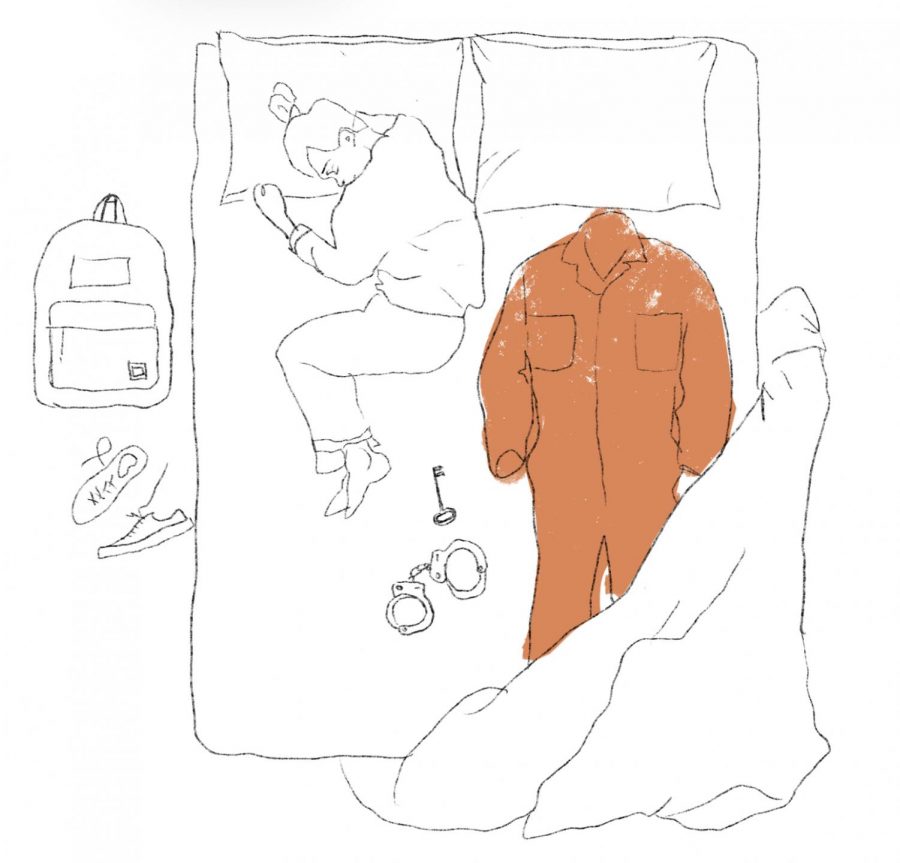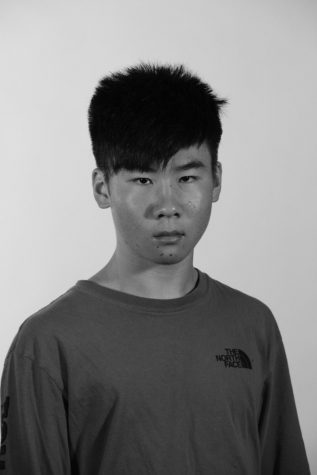Discipline and the School to Prison Pipeline
May 30, 2021
In the midst of increasing crime rates during the 1990s, schools across America began to change the way they approached discipline. Reflecting fear of gang activity, drug use, and a popular tough-on-crime rhetoric of the era, administrations began to clamp down on little things such as talking out of turn, dress code violations, and attendance infractions in hopes of preventing future infractions. In doing so, many schools turned to treating the suspension as an end-all solution, a way to remove the problem so as not to influence the rest of the school. But in recent years, there has been a growing correlation of students who have gone through juvenile justice ending up in the adult justice system, dubbed the “school-to-prison pipeline.” When examining the data, a much more worrying pattern emerges; students of color are vastly more at risk to be swept up in this “school-to-prison pipeline.” The increasing rate at which suspensions and disciplinary measures lead to incarceration has made it clear that our current ways of dealing with misbehavior through pulling students out of class is not effective. In fact, they may reflect this country’s link between justice and racial bias, and serve more harm than good.
For starters, Black students are three times more likely to be suspended or expelled than white students, according to the Education Department’s Office for Civil Rights. Suspension has lasting effects: students who have been suspended are more likely to be held back a grade or drop out of school entirely.
So do students of color behave worse than others? Not at all: a landmark study of Texas discipline policies found that 97% of school suspensions were made by school administrators on subjective grounds, such as “talking back” or “dress code.” Only 3% of students had been suspended for subjective rule breaking, such as carrying a weapon to school or assault of another student. Those discretionary suspensions were unfairly enforced on Black students, who were 31% more likely to receive them.
In fact, the discrepancy between punishing students of color and white students began as early as preschool, where nationally, Black children represent 18% of all enrollment, but 48% of those who receive more than one out-of-school suspension. In comparison, white students represent 43% of enrollment, but only 26% receive suspensions. Further, a study conducted by Yale University found that both Black and white preschool teachers were more likely to suspect Black children, specifically boys, of “bad behavior” four times more often than other racial groups. Not only does this demonstrate that the discrepancy in discipline begins at the earliest levels of education, but it reveals that the association between people of color—specifically African Americans—with crime and misbehavior is so deeply ingrained in culture that even toddlers are swept up in the stereotyping.
From 1997 to 2007 the number of police in schools increased by nearly a third. Ostensibly, they were there to prevent mass school shootings like the one at Columbine High School in Colorado in 1998—in other words, to protect students, not to police them. Yet schools with resource officers have five times as many arrests as those without them. This doesn’t mean that they are more “criminal” schools or have more insolent student bodies either; students that were arrested were not more likely to be charged in court. Early contact with police in schools often sets students on a path of alienation and distrust in authority.
About 92,000 students were arrested in school during the 2011-2012 school year, according to US Department of Education statistics. Most of those arrests were low-level violations: 74% of arrests in New York City public schools in 2012, according to a report published by the state courts, were for misdemeanors or civil violations, which can be as broad as talking out of turn, yelling, or breaking a dress code. The outsourcing of rule enforcement to policing meant that administrators were bringing in the biases present in the justice system into the education system, solidifying the school-to-prison pipeline.
While some may justify suspensions as a disciplinary measure to keep students safer and free of disturbances, in nearly two decades of its implementation, there is no evidence that removing misbehaving students improves school safety or student behavior either.
In order to combat the school-to-prison pipeline, educators and staff need to rethink punishment in the eyes of restorative justice. Why do kids act out in the first place? Will removal and punishment remedy bad behavior, or will it sweep it under the rug? Giving students opportunities to talk with counselors, peers, or even space to reflect on their decisions is a healthier, more effective, and more bias-averse method of approaching discipline.











